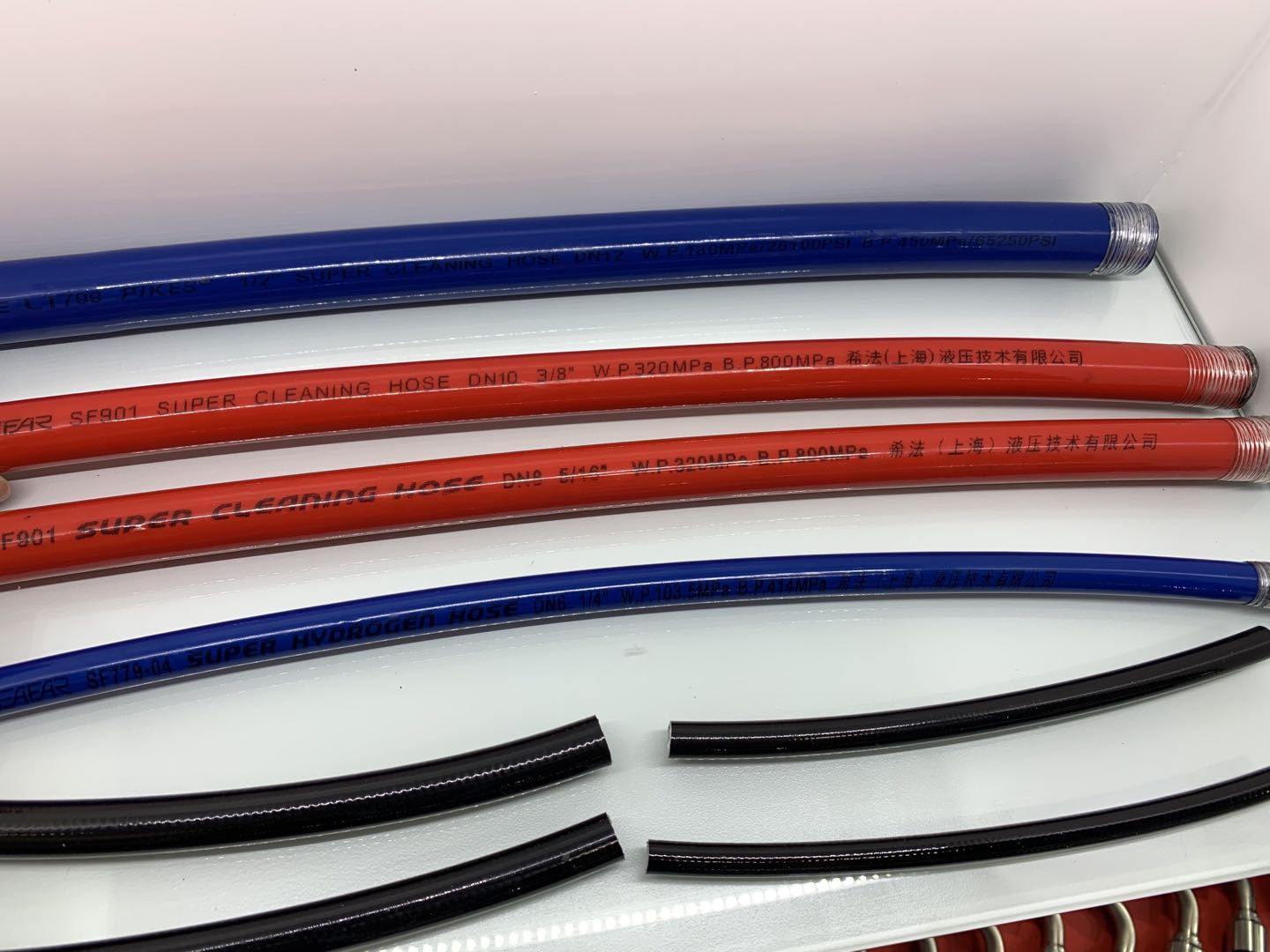Large diameter hose
2023-02-23 09:21:29
Many industries rely on large diameter pipes to transport their materials. These include factories, farms, and street sweepers. They are also used in municipal fire fighting.
A number of departments use Storz couplers for their large-diameter supply hose. These couplings slide into a slot in the opposite side of the ring, which is then secured with a quarter turn. However, they should be loaded properly to avoid flipping over and catching vehicles.
The size of a hose is determined by several factors. The size is based on the inside diameter, the length, and the safety margin. Often, departments use 4, 5, or 6 inch diameters.
The number of layers of jacketing determines the hose's internal diameter. The outer jacket is usually made of polyester fiber, while the inner jacket is seamless coated rubber.
Synthetic rubber is used as the lining for a woven firehose. It has a 38 mm internal diameter, and a burst pressure of 3800 KPa. It is also available in longer lengths. The lining is designed for superior resistance to abrasion and fatigue.
The lining of a large diameter hose is treated with an ENCAP treatment that improves durability. The outer jacket also reduces water absorption by up to 40%.
Several large diameter hoses are designed for soft-suction applications. The lining is reinforced by a rubber suction hose and discharge hose. This hose is resistant to cracking, twisting, and adverse weather conditions. This hose is also available in different colors.